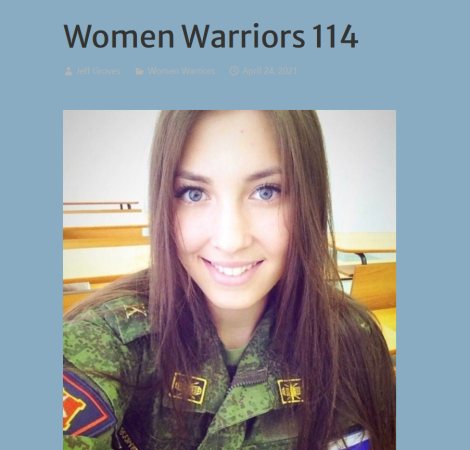One of the distinct features of the B-24 - besides its boxy fuselage and twin vertical tails - is its narrow "Davis" wing. This allowed the bomber to travel 20mph faster than the Flying Fortress, but it made the aircraft much more difficult to handle.
The metal miniatures had a pronounced dihedral to their wings when I got them. Given the length of the wings, this really isn't possible to avoid, and it will constantly be a factor when transporting or storing them. What is a bit disappointing is that the wings seem to be attached so that the port (left) wing is angled slightly forward, while the other is angled backwards to the same degree. The vertical tailplanes are rather thick in comparison to the other control surfaces, but this is likely a concession to the casting process. For gaming purposes, having the entire aircraft cast as a single piece is absolutely essential to prevent random bits falling off over the course of use.
Having had a slightly larger scale model of the Martin PBM Mariner flying boat which also had twin rudders - those two pieces were constantly falling off that model over the years...
Remarkably, the twin machineguns on the upper turret are not cast into the fuselage, but are cast so that they only attach at the turret. Other details, including the dorsal football-shaped antenna, Sperry belly retractable ball-turret, and major panel lines are cleanly cast. You can even see representations of the engine cylinders within each nacelle. The greenhouse nose and cockpit canopies are also well rendered. However, it would appear that my miniatures are from a mold that is nearing the end of its useful life, as there was some pitting on the upper starboard wing and along the forward part of the fuselage on that same side. Neither defects are easily noticeable, but it does mar the details of the glass nose on that side.
I don't game in this scale, so these aircraft are somewhat of a first for me. But, between having built model aircraft and painted plenty of other miniatures over the years, I wasn't going to be intimidated. Both aircraft were trimmed of minor bits of flash, and then sprayed with Rust-Oleum black primer to give the paints something to adhere to. I used an airbrush to apply Testors Model Master Olive Drab FS34087 enamel paint. This color is pretty close to the unique olive drab color used by the Army Air Forces in Europe at the time. Since these aircraft were on loan to the 9th Air Force, they retained this paint scheme and not the Sand over Sky Blue used by the aircraft of that unit.

The underside was painted Model Master acrylic Panzer Interior Buff - a neutral gray-beige.
The reason for using the airbrush was threefold. I wanted to apply the paint without any brush lines. I also wanted to master the use of the fine tip that I'd installed before using it to paint cammo patterns on German armor. And, I really wanted to apply the soft edge between the underside paint and the aircraft's main color.
After a bit of overspray onto the side of the fuselage, I quickly figured out that the best way to apply the beige was to paint the aircraft from in front or behind while it was lying on its back on the dropcloth.

Once the undersurfaces were painted, overspray was removed with a Q-tip dipped in Simple Green. Since the light paint was acrylic while the olive drab was enamel, I didn't have to worry about taking off the darker color with a few swipes of the cotton swab. I touched up a few spots using a paintbrush, and the results are a nice, shiny aircraft with a gloss finish.

However, the North African sun was relentless, and paint schemes quickly faded. To simulate this, I drybrushed the upper surfaces with Testors Model Master Faded OD - something I normally use to depict canvas on vehicles. Faded OD is a flat paint, so this took me from a smooth, glossy finish that resembled a diecast model, to a properly drab finish (with some streaks). Of course, decals don't go on smoothly unless there's a smooth surface, so out comes the can of clear gloss!
Aaannnd, I'm suddenly in possession of two bombers with a reptile paintjob, as some chemical interaction creates a rather unique mottled finish that would work well on a sci-fi spacecraft, but not on a B-24...





